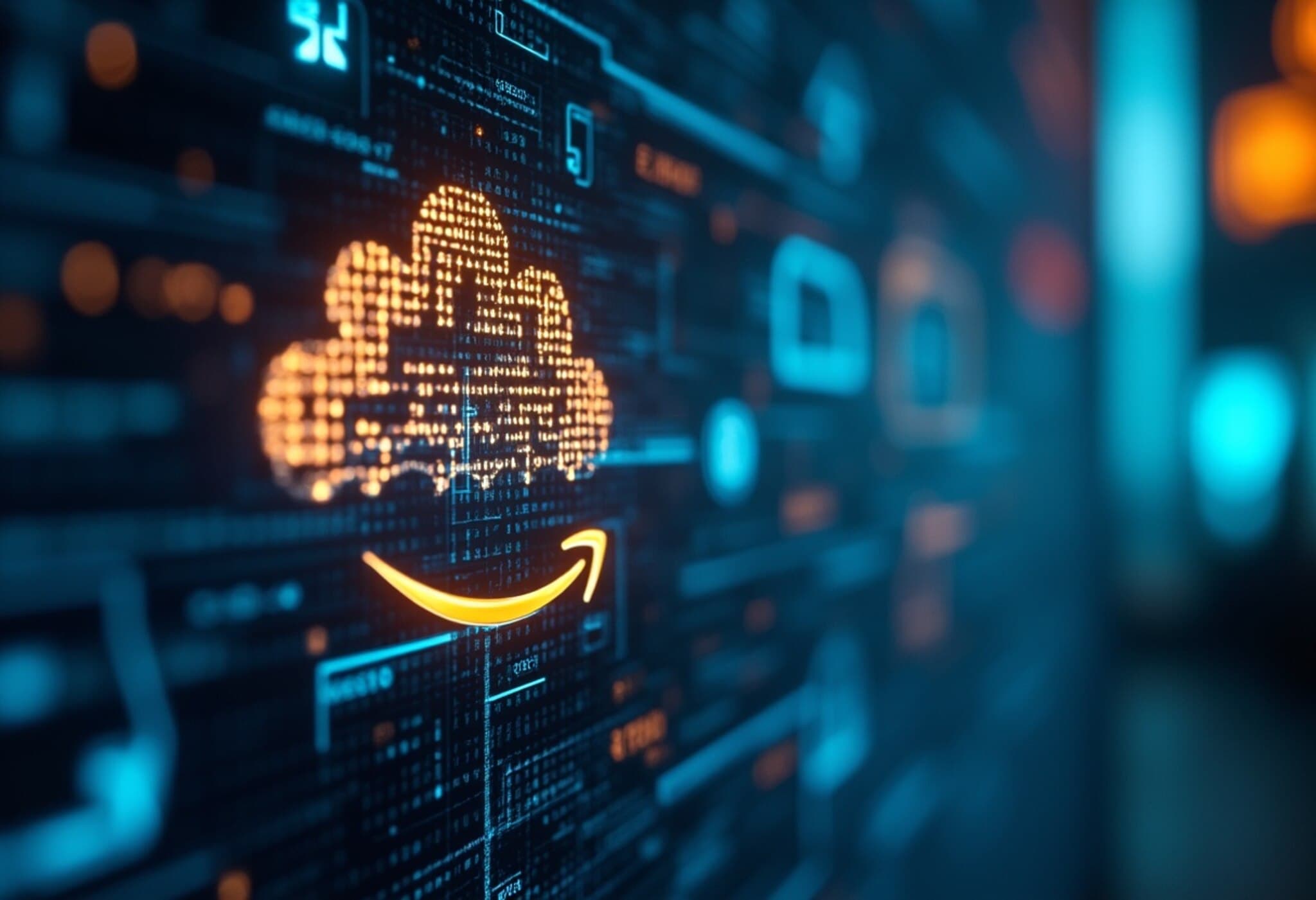Amazon Web Services Commits $1 Billion in Discounts to Federal Agencies Through 2028
In a strategic move to bolster federal digital transformation, Amazon Web Services (AWS) has announced a commitment to provide up to $1 billion in discounts to U.S. federal agencies for cloud adoption, modernization initiatives, and workforce training. The announcement, made by the General Services Administration (GSA) on August 7, 2025, signals a push towards accelerating government migration to cloud infrastructure and enhanced deployment of artificial intelligence (AI) tools within federal operations.
Driving Government Cloud Migration and AI Integration
The GSA emphasized that this agreement is designed not only to reduce the financial barriers to cloud adoption but also to catalyze the federal government’s embrace of AI technologies. AWS's cloud infrastructure credits, modernization support programs, and comprehensive training services will underpin agencies’ digital shifts, aiming to improve the efficiency and effectiveness of public services.
"AWS's partnership with GSA demonstrates a shared public-private commitment to enhancing America's AI leadership," the GSA stated, underscoring the importance of collaboration between government bodies and private tech giants to maintain the United States' competitive edge in emerging technologies.
Significance of the Deal in the Broader Federal Tech Landscape
Matt Garman, AWS’s senior vice president for the worldwide public sector, described the deal as a "significant milestone in the large-scale digital transformation of government services." This comes amidst a broader federal initiative to modernize legacy systems and improve public service delivery by integrating cloud-computing and AI-driven solutions.
The financial incentives included in the deal are multifaceted, comprising cloud infrastructure usage credits, funding for technology modernization projects, training resources to upskill federal employees, and special incentives for agencies willing to engage in direct partnerships with AWS. These components together aim to create a more agile, innovative government IT environment.
Context: GSA’s Expanding Cloud Partnerships
This is not an isolated development. In July 2025, the GSA announced a similar arrangement with Oracle, another major cloud services provider, reflecting a competitive and diversified approach to cloud procurement in the public sector. Additionally, the agency has recently partnered with OpenAI to provide federal agencies access to ChatGPT at a discounted rate of $1 per user per year, further underlining the government’s commitment to adopting AI tools across departments.
Expert Perspective: Navigating Opportunities and Challenges
From a policy vantage point, these cloud-specific agreements highlight a broader trend of federal agencies moving towards more secure, scalable, and AI-enabled infrastructures. However, experts caution that successful transformation depends not only on funding but also on addressing challenges such as data privacy, cybersecurity risks, workforce capability gaps, and change management within government bureaucracies.
Increasing cloud adoption in government offers promising benefits like enhanced data analytics capacity, improved citizen services, and operational cost savings. Still, it demands careful regulatory oversight and sustained investment in training to equip federal employees with the skills necessary to leverage these technologies effectively.
Implications for US Digital Sovereignty and Competitiveness
This partnership also feeds into the national conversation about technological sovereignty—the idea that maintaining control over critical digital infrastructure and innovation is essential for national security and economic competitiveness. By leveraging discount-driven partnerships, the federal government can retain greater control over its cloud ecosystem while stimulating domestic AI advancements.
Editor’s Note
The AWS-GSA agreement to funnel $1 billion in discounts through 2028 represents a pivotal moment in the government’s digital revolution, reinforcing a collaborative approach between public institutions and private tech sector leaders. Observers should watch closely how this financial incentive translates into practical improvements in federal agencies’ cloud utilization and AI integration. Key questions remain: Can these deals overcome entrenched bureaucratic inertia? Will workforce training keep pace with technological adoption? And how will data governance evolve as more federal operations move to the cloud? The answers will shape the future landscape of public sector innovation.



















